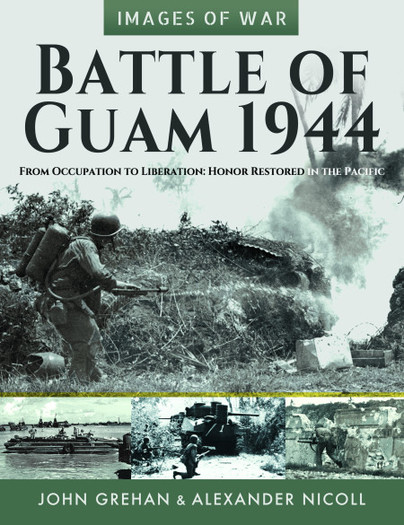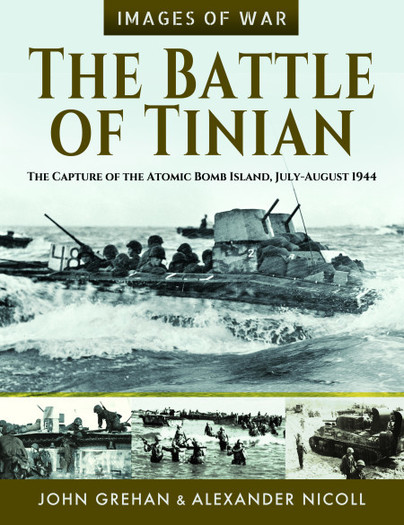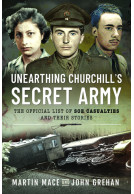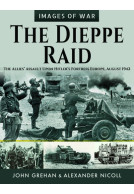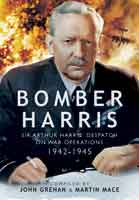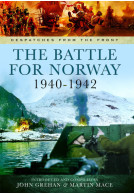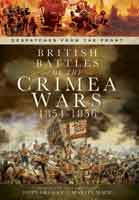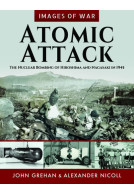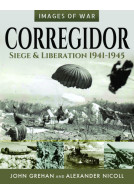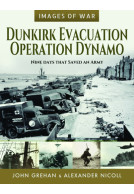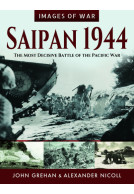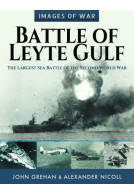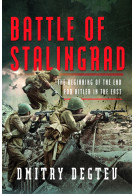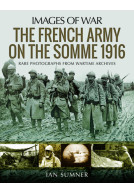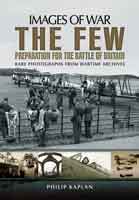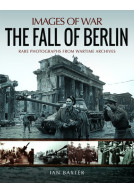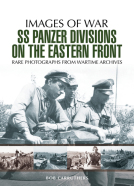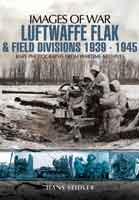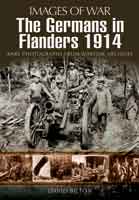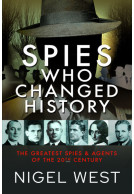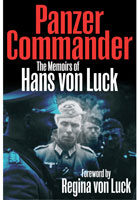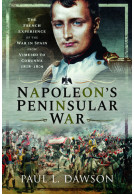Battle of Guam 1944 (Paperback)
From Occupation to Liberation: Honor Restored in the Pacific

Series: Images of War
Pages: 192
Illustrations: 160 mono illustrations
ISBN: 9781036105648
Published: 30th October 2025
(click here for international delivery rates)
Order within the next 5 hours, 59 minutes to get your order processed the next working day!
Need a currency converter? Check XE.com for live rates
At 16.00 hours on 27 July 1944, the Stars and Stripes were raised over the central Pacific island of Guam. The symbolism of this moment was not lost on the officers and men who saluted the raising of Old Glory. This was because the first American flag to be pulled down by the Japanese in the Second World War was in Guam, on 10 December 1941, just three days after the attack on Pearl Harbor.
Before the war three of the four main Mariana Islands – Saipan, Tinian and Rota – had substantial Japanese populations and were considered part of the Japanese empire. On the other hand, the largest island of the group, Guam, had been under American administration since the end of the nineteenth century, and its inhabitants saw themselves as Americans. Their liberation would be a ‘psychological high point’ in the long war against Imperial Japan for the people of the United States.
The re-capture of Guam was more than just the recovery of lost territory. It was an essential element of Operation Forager, the US offensive to take the Mariana and Palau islands with the aim of neutralizing Japanese bases in the central Pacific and supporting the Allied drive to retake the Philippines. There was another factor which possibly was of even more significance. Prototypes of the new Boeing B-29 Superfortress were already being flown. The B-29 had an operational range of 3,500 miles, putting the Japanese Home Islands, and even Tokyo itself, well within striking distance of the Marianas. It would be from the Marianas that the strategic bombing campaign which helped bring Japan to its knees in 1945 would be carried out.
The US assault upon the Marianas began with the attacks upon Saipan and Tinian. Then, on 21 July 1944, men of the III Marine Amphibious Corps landed on Guam after the longest preparatory bombardment of the war in the Pacific. For the next twenty days the Marines and the US Army’s 77th Division struggled through dense undergrowth and jungle and over rugged, wooded mountains to eliminate an enemy determined to fight to the death – and die they did. Roasted alive by flamethrowers in dugouts and caves, blasted out of ill-prepared pillboxes by artillery and mowed down by the score in senseless, tactically naïve headlong charges, almost the entire 20,000 strong Japanese garrison was killed.
In the savage struggle throughout the island, American casualties were in excess of 6,000 and many hundreds of civilians were also killed in the fighting. But, after more than two-and-a-half years of Japanese occupation, honor was finally restored in the Central Pacific.
There are no reviews for this book. Register or Login now and you can be the first to post a review!
About John Grehan
JOHN GREHAN has written, edited or contributed to more than 300 books and magazine articles covering a wide span of military history from the Iron Age to the recent conflict in Afghanistan. John has also appeared on local and national radio and television to advise on military history topics. He was employed as the Assistant Editor of Britain at War Magazine from its inception until 2014. John now devotes his time to writing and editing books.
About Alexander Nicoll
ALEXANDER NICOLL has been involved in writing and publishing military history for thirty years. He began his career with local history, and has since written numerous books and magazine articles, predominantly on subjects relating to the two world wars.
The Battle of Tinian The Capture of the Atomic Bomb Island, July-August 1944 (Paperback)
At 02.45 hours on the morning of 6 August 1945, a Boeing B-29 Superfortress, named after the pilot’s mother, Enola Gay, lifted off from a tiny island deep in the Pacific Ocean on one of the most important missions in human history. The B-29 carried just one bomb; the target was Hiroshima. The dropping of the first atomic bomb on Hiroshima, and of a second nuclear device on Nagasaki three days later, is known throughout the world. But what is often forgotten is that these missions were only possible following the savage battles to seize the Northern Mariana Islands – which, crucially, were…
By John GrehanClick here to buy both titles for £32.58







